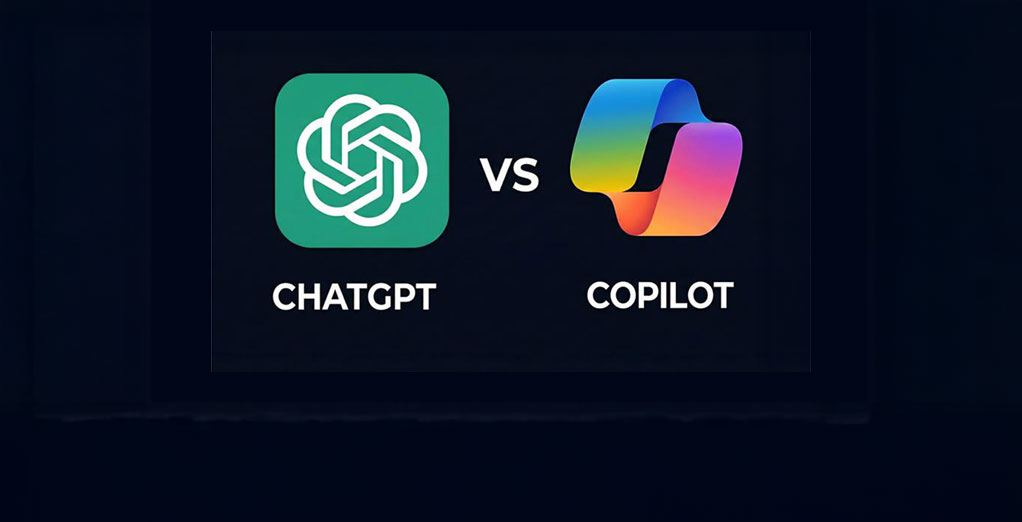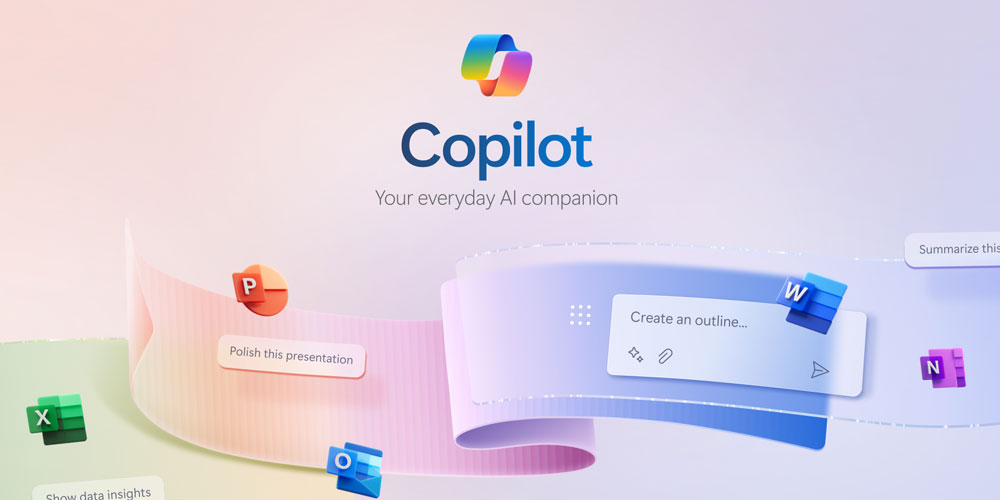Today, cost optimization remains a top priority for businesses. In fact, for the fifth consecutive year, 61% of organizations have highlighted their intention to refine their existing cloud utilization to achieve cost savings. Cloud cost optimization has thus become an essential facet of managing cloud infrastructure.
With the increasing adoption of cloud services, businesses must identify and implement strategies to curb costs while maintaining optimum efficiency and performance. This article delves into 10 best practices for cloud cost optimization, offering insights into how businesses can effectively reduce their expenditure without compromising functionality.
Importance of Reducing Cloud Costs for Businesses
Reducing cloud costs is essential for businesses due to several reasons:
- It ensures that organizations get maximum value from their cloud investments by minimizing wastage and improving cost efficiency.
- Optimizing cloud costs allows businesses to allocate resources effectively and budgets toward other strategic initiatives.
- Reducing cloud costs helps organizations maintain a competitive edge in today’s fast-paced business environment.
Overview of the Blog Content
This blog will provide an in-depth analysis of ten best practices for cloud cost optimization. We will cover various aspects such as resource monitoring and analysis, rightsizing instances and resources, utilizing reserved instances and savings plans, optimizing storage costs, leveraging serverless computing services, optimizing network costs, implementing automated cost management tools, adopting multi-cloud or hybrid cloud strategies, implementing serverless architecture for containers, and continuously monitoring and optimizing cloud costs.
Best Practices for Cloud Cost Optimization
The best practices for cloud cost optimization are as follows:
1] Monitor and analyze cloud resource usage.
Get a clear view of utilizing cloud resources to avoid wastage and drive efficiency.
- Implement cloud monitoring tools to track resource consumption.
To optimize cloud costs effectively, it is crucial to have visibility into resource usage patterns. By implementing robust monitoring tools like Azure Monitor or AWS CloudWatch, businesses can gain insights into resource utilization over time.
- Identify underutilized resources and eliminate them.
By analyzing resource usage data, businesses can identify underutilized instances or resources. These resources can be downsized or terminated to eliminate unnecessary costs.
- Optimize resource allocation based on usage patterns.
Analyzing resource usage patterns allows organizations to optimize resource allocation and choose the appropriate instance types for their workloads. For example, instances with high CPU utilization may require higher-performance options, while instances with low utilization can be allocated lower-cost options.
2] Rightsizing cloud instances and resources
Tailor your cloud infrastructure to fit the needs of your operations, avoiding over-provisioning precisely.
- Evaluate resource requirements and match them to appropriate instance types.
Rightsizing involves evaluating the resource requirements of applications or workloads and matching them to appropriately sized instance types. This ensures that businesses are paying for only what they need.
- Downsize or terminate unused instances to eliminate unnecessary costs.
Unused instances should be downsized or terminated to avoid incurring unnecessary costs. Organizations can significantly reduce their cloud spending by regularly reviewing and rightsizing instances.
3] Utilize reserved instances and savings plan
Lock in savings by strategically committing to cloud services tailored to your consumption patterns.
- Understand the cost-saving benefits of reserved instances and savings plans.
Reserved instances (RIs) and savings plans (SPs) offer substantial cost savings compared to on-demand instances by providing discounted pricing for a specified term.
- Analyze usage patterns to determine the most suitable reservation options.
Organizations should analyze their usage patterns to optimize cost savings to determine the most suitable reservation options – purchasing standard RIs, convertible RIs, or opting for flexible SPs.
- Implement a mix of reserved instances and on-demand instances for optimal savings.
By combining reserved and on-demand instances, businesses can achieve optimal cost savings while maintaining flexibility for changing workload demands.
4] Optimize storage costs in the cloud
Efficiently manage your data storage to ensure you only pay for what’s necessary.
- Assess data storage needs and tier data accordingly.
Not all data requires high-performance storage. Cloud cost optimization can be done by accessing data storage needs and tiering data accordingly by moving less frequently accessed data to lower-cost storage tiers.
- Implement data lifecycle management policies to move data to lower-cost storage tiers automatically.
Data lifecycle management policies can be implemented to automate data movement to lower-cost storage tiers based on predefined criteria such as age, access frequency, or business relevance.
- Utilize data compression and deduplication techniques to reduce storage requirements.
By utilizing techniques like data compression and deduplication, businesses can significantly reduce their storage requirements, leading to cost savings. These techniques help optimize space utilization and improve overall storage efficiency.
5] Leverage serverless computing services
Shift to a model where the cloud provider manages the infrastructure, optimizing costs for dynamic workloads.
- Understand the cost advantages of serverless computing compared to traditional infrastructure.
Serverless computing eliminates the need for provisioning and managing infrastructure resources. It offers cost advantages by charging only for actual usage without incurring costs for idle resources.
- Identify workloads suitable for serverless architecture and migrate them appropriately.
Certain workloads with sporadic or unpredictable resource demands are well-suited for serverless architecture. Analyze your applications or workloads to identify those that can benefit from the cost advantages offered by serverless computing.
6] Optimize network costs in the cloud
Strategically manage your data transfers and networking to ensure optimal performance at a minimized cost.
- Analyze network traffic patterns and optimize data transfer costs.
Businesses can identify opportunities to optimize data transfer costs by analyzing network traffic patterns. This includes optimizing bandwidth allocation, minimizing unnecessary transfers, and utilizing efficient routing strategies.
- Utilize content delivery networks (CDNs) for efficient content distribution.
Content delivery networks (CDNs) distribute content across geographically distributed edge servers, reducing latency and bandwidth costs. By leveraging CDNs, businesses can improve content delivery performance while reducing data transfer costs.
- Implement cost-effective networking solutions like virtual private clouds (VPCs).
Virtual Private Clouds (VPCs) provide isolated network environments within the cloud infrastructure. By implementing VPCs, businesses can establish secure and cost-effective networking solutions for their workloads.
7] Implement automated cost management tools
Leverage automation to continuously keep an eye on costs and ensure your spending is under control.
- Leverage cloud-native cost management tools to automate cost optimization processes.
Cloud providers offer native cost management tools like Azure Cost Management and AWS Cost Explorer, which provide insights into spending patterns and enable organizations to automate cloud cost optimization processes.
- Set budget alerts to monitor and control cloud spending.
Budget alerts can be set up to monitor and control cloud spending effectively. Organizations can receive notifications when spending exceeds predefined thresholds, enabling them to take corrective actions promptly.
8] Adopt multi-cloud or hybrid-cloud strategies
Diversify your cloud strategy to tap into multiple providers’ strengths and cost savings.
- Evaluate the benefits of multi-cloud and hybrid cloud architectures regarding cost optimization.
Multi-cloud or hybrid cloud architectures provide flexibility and options for businesses to leverage competitive pricing among different cloud providers. By evaluating the benefits, organizations can optimize costs effectively.
- Distribute workloads across different cloud providers to take advantage of competitive pricing.
Businesses can utilize competitive pricing and avoid vendor lock-in by distributing workloads across multiple cloud providers. This strategy allows organizations to select the most cost-effective options for each workload.
- Implement a cloud management platform for centralized cost monitoring and optimization.
A centralized cloud management platform gives organizations a holistic view of their multi-cloud or hybrid cloud environment, facilitating effective cost monitoring and optimization.
9] Implement serverless architecture for containers
Maximize the benefits of containerization without the hassles of managing the infrastructure.
- Explore containerization options like AWS Fargate or Azure Container Instances.
Containerization provides scalability and resource efficiency. Exploring containerization options like AWS Fargate or Azure Container Instances allows businesses to leverage serverless architecture, eliminating the need for managing the underlying infrastructure.
- Eliminate the need for managing underlying infrastructure with serverless container platforms.
Serverless container platforms simplify the deployment and management of containerized applications, reducing operational overheads and costs associated with managing the underlying infrastructure.
- Optimize container resource allocation to minimize costs.
- Organizations can minimize costs by optimizing container resource allocation based on workload requirements while ensuring optimal performance.
10] Continuously monitor and optimize cloud costs
Adopt a proactive approach to ensure your cloud strategy aligns with ever-evolving business needs.
- Regularly review and update cost optimization strategies based on changing business needs.
Cloud cost optimization is an ongoing process that requires continuous review and updates based on changing business needs. Regularly reassessing strategies ensures businesses adapt to evolving requirements and maximize cost savings.
- Foster a culture of cost awareness and accountability within the organization.
To effectively optimize cloud costs, it is crucial to foster a culture of cost awareness within the organization. By encouraging employees to be accountable for their cloud spending, businesses can drive a cost-conscious mindset throughout the organization.
Conclusion
Implementing effective Cloud Cost Optimization practices is essential for businesses looking to maximize efficiency and minimize expenses. By closely monitoring resource usage, rightsizing instances, utilizing reserved instances and savings plans, optimizing storage costs, leveraging serverless computing services, optimizing network costs, adopting multi-cloud or hybrid cloud strategies, implementing serverless architecture for containers, and continuously monitoring and optimizing cloud costs, organizations can cut bills significantly.
Embee offers comprehensive cloud cost optimization services that help businesses implement these practices effectively while maximizing their return on investment in the cloud.
















































